Entered into its 117th week on Tuesday, the campaign was kicked off in 2016 by Mohammad Bakhtiari, majored in architecture and a member of a local NGO with 1,000 members known as “the guardians of the environment of Arak city”.
Within months the campaign was officially launched by the Ministry of Sports and Youth Affairs.
The campaign aims to decrease the number of private cars in the cities hence mitigate air pollution, YJC quoted Mohammad Darvish, the former head of the public participation office at the Department of Environment (DOE), as saying on Tuesday.
The truth, however, is that urban transportation systems in most developing cities, such as Tehran, are far from ideal. The most visible and frequently mentioned transport problem of a city is traffic congestion, and it is well known that high levels of congestion create significant impact on air quality.
Accessible, affordable and eco-friendly public transport service as well as safe infrastructure for non-motorized transport such as cycling and walking are lacking in most developing country cities. The number of private vehicles has been increasing continuously and dominates the roads. Therefore, the transportation sector is heavily responsible for public health issues in cities such as air pollution, noise, greenhouse gas emissions, and road accidents.
“According to the surveys conducted by the Sharif University some 42.3 percent of the private cars in Tehran are used by one person and this is something that can be true for other metropolises of Iran to some extent.”
The Chief of Tehran Department of Environment Mohammad Hossein Bazgir has said that citizens of the capital consume some 12 million liters of gasoline each day, while on average Iranians consumed 79.7 million liters of gasoline over the first 9 months of the current Iranian calendar year started on March 21, 2017, so Tehranis alone account for almost one seventh of gasoline consumption of the country.
However, such movements towards cleaner transport options entail appropriate infrastructure such as bike lanes to ensure safety improvements and higher ridership numbers, as well as efficient, low emission public transport.
Put two and two together: with the increasing gas price and the maintenance costs of a car it makes more sense financially to take public transport had it been efficient. Additionally, during hot days of summer, using a bike might perfectly suit those whose workplaces are not very far had it been safe to ride a bike in a city like Tehran.
Nonetheless, with almost half the Tehranis using their private cars the public transit is not sufficient to meet the needs of the citizens.
Maybe the problem is not failing to solicit public participation to join such campaigns to fight air pollution, the biggest problem lies with the municipality’s impotence in planning and developing new urban public transport systems and also providing proper space for cycling.
According to the Shanghai Manual A Guide for Sustainable Urban Development in the 21st Century by United Nations Department of Economic and Social Affairs (UNDESA) the lack of comprehensive planning of transport systems, without due consideration to social, economic, environmental and cultural elements of the city, can result in physical breaks in the fabric of communities and reinforce social exclusion. The impact on quality of life and the environment cannot be underestimated.
MNA/ TT

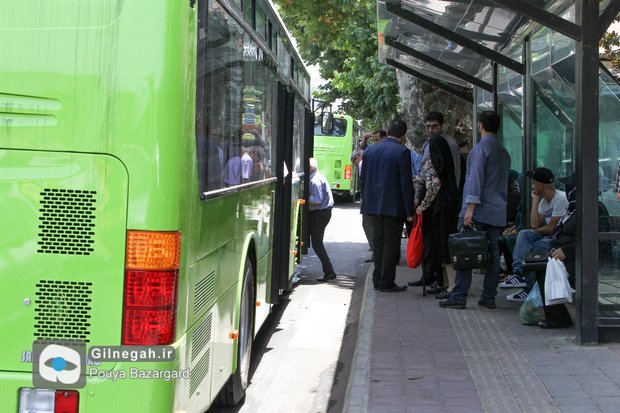

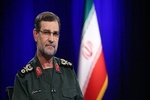
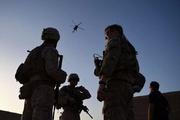


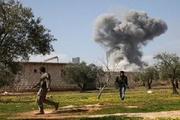

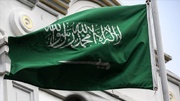
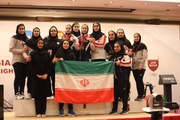











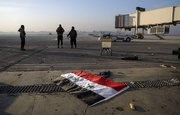
Your Comment